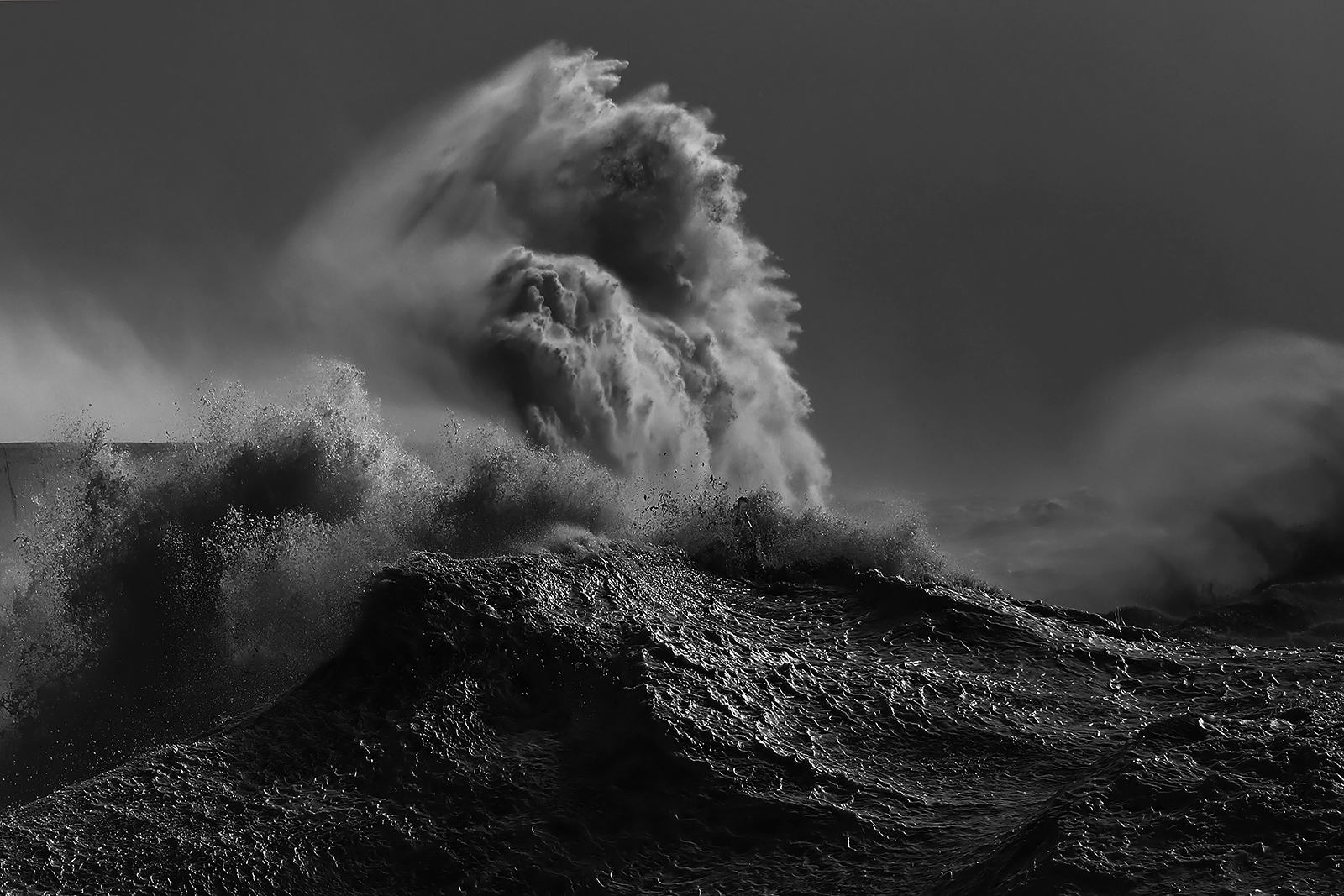Beata Moore is a professional photographer and author. She lives in Kingston-upon-Thames, England. Her photographs show a strong affinity towards nature but also a fascination with human ingenuity in creating architectural masterpieces. Commissions by publishers and advertising agencies helped to establish her reputation as a landscape and urban photographer. She has written seven books and is currently working on her eighth. Beata’s work has been exhibited at galleries across the UK and her photographs are held in private collections in the USA, UK and Europe.
www.beatamoore.co.uk
https://twitter.com/BeaM00RE
www.instagram.com/moorebeata
https://www.facebook.com/BeataMoorePhotography/
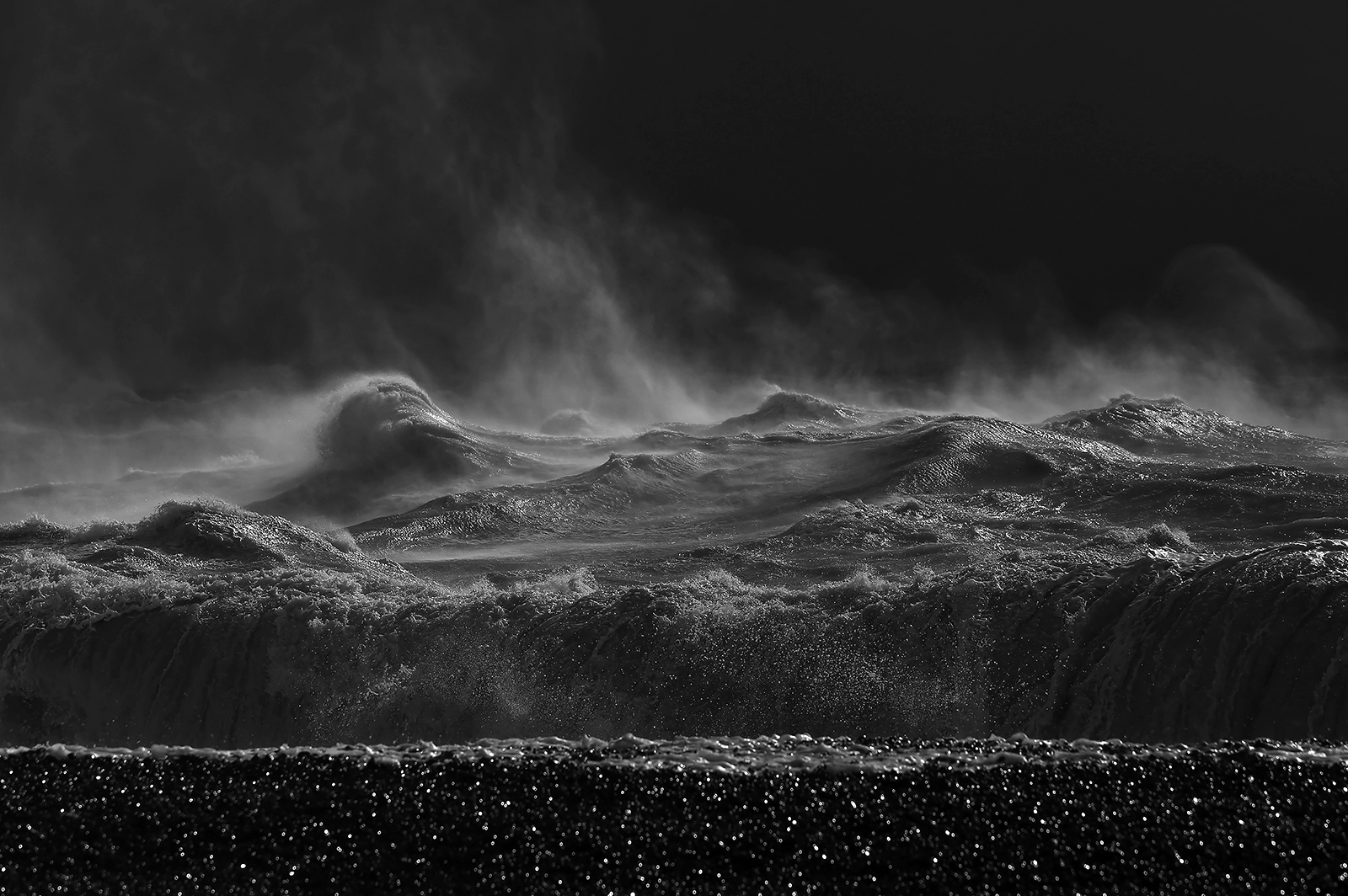
1. You are a professional photographer, but for the last couple of years you have been involved with Terra Quantum in editorial capacity, can you tell us more about it?
I decided to cooperate with Terra Quantum for two reasons - its excellence and ethos. Photography has many purposes, one of them being the creation of artistic, high quality images. The permanent and highly qualified jury of Terra Quantum means that all images here are of a truly exceptional standard. Let me mention but a few names of outstanding contributors: Hans Strand, Hengki Koentjoro, Charlotte Gibb, Theo Bosboom, Alex Noriega and many more. This is what matters to me in photography, quality rather than quantity. The second factor, Terra Quantum’s core principle is concern for the natural environment. I wholeheartedly support it. Due to the pressures of overconsumption, population and technology, our biophysical environment is being degraded rapidly. Photography is an influential medium and both, pristine images of remote places as well as those showing the destruction of our planet influence us in a significant way. I have no doubt that Terra Quantum images make viewers aware of aesthetic qualities of natural landscapes. As a naturalist, and because nature has been my source of inspiration, I want to promote environmental awareness. I am confident that both founders of Terra Quantum, Samuel Feron and Luis Belmar Letelier are steering Terra Quantum in the right direction.
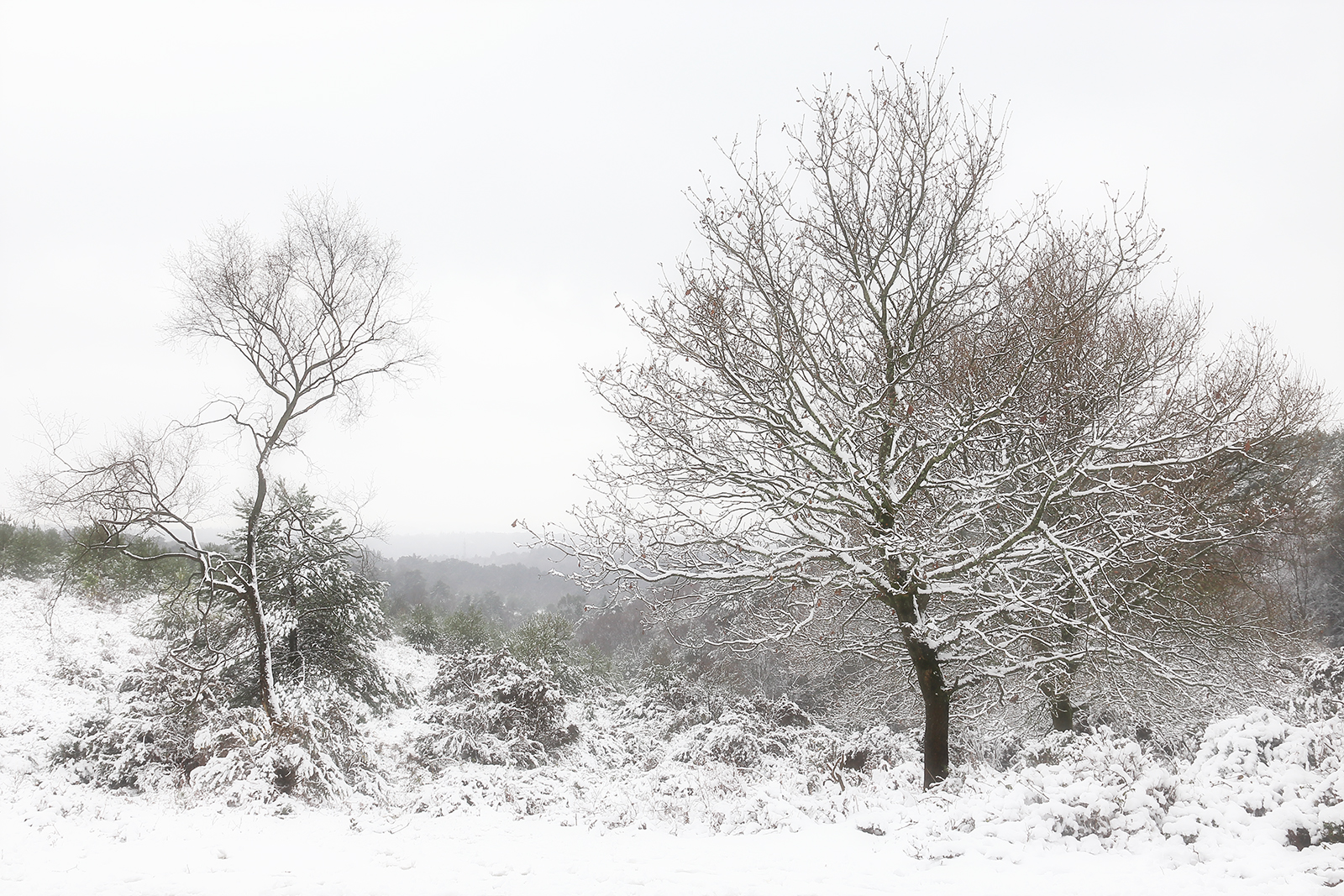
2. What was your path to become a photographer and what do you specialise in?
I have been around cameras as long as I can remember; my father was taking photographs, as was my brother and my closest friends. I remember spending hours in the darkroom as a teenager and I think it was the magic of images appearing on paper that made me pick up the camera more often. Not only have I been passionate about photography, but I was also very interested in nature (I attained a postgraduate degree in botany), so it was only natural that both passions came together when I was in my twenties. Despite my strong affinity towards the woodlands and the sea, I am also fascinated with human ingenuity in creating architectural masterpieces, hence my interest in urban photography too. I turned pro in the year 2005 when I was commissioned to do my first book about a marvellous Renaissance architecture of the city of Cracow in Poland for Frances Lincoln Publishers. Many commissions followed from various publishers and that helped to establish my reputation as a landscape and urban photographer. Today my work is diverse, from wider views to smaller details and abstract images, both in colour and black & white.
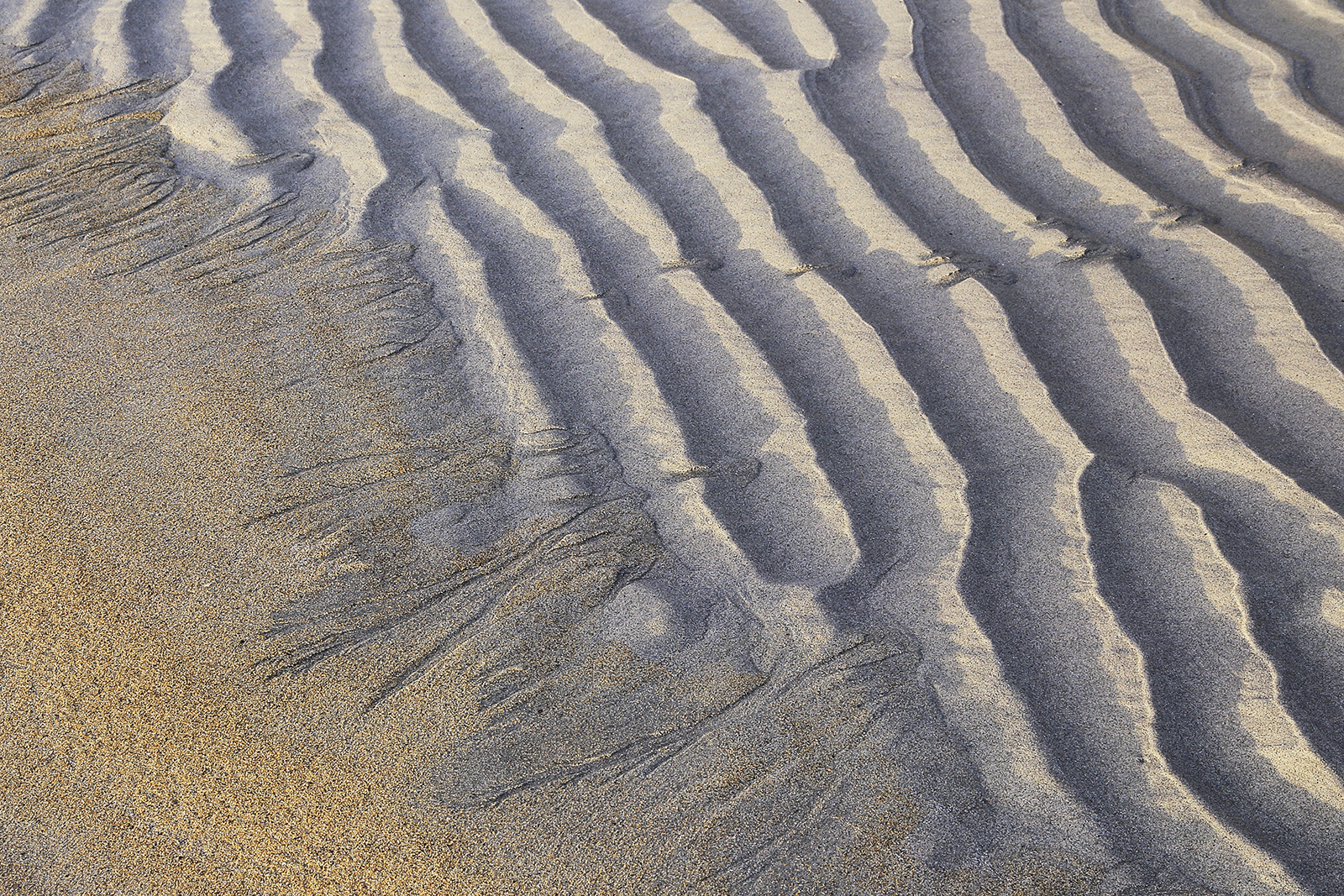
3. Do you prefer to photograph close to home or do you find faraway places more inspiring? Are there any special places that inspire you the most to create new work?
The answer is both; working in locations closer to home is easier, as I can return again and again to get photographs in the most optimal weather conditions. On the other hand, faraway places are intriguing and exciting. I am the happiest in all the watery locations, my greatest love is the sea. There are countless seashores all over Europe that fascinate me and that are worth exploring, however the two locations that take a very special place in my heart is Portugal and the Isle of Harris in Scotland. The rugged south west coast of Portugal is home to the battered rocks and the vast beaches with warm orange sands and spectacular dunes. Watching the Atlantic waves exploding around me is a dramatic and magical experience. The Isle of Harris off Scotland north-west coast on the other hand is famed for stunning turquoise waters, its white beaches and hundreds of sea locks. Heavily influenced by the fickleness of the weather, the whole island is in a constant change, wind shapes the dunes continuously, clouds alter the colour of the sea, tides transform the beaches, rain swells tiny streams into the rivers and waterfalls, even township and settlements evolve - they decay and disappear with time. An overwhelming inescapable feeling of impermanence adds fragility and vulnerability to this seemingly robust island and is very enduring for me. The shifting scenery of the blue seas and abundance of sand patterns is enough to sustain my photographic interest for weeks on end, but Harris offers yet another treat – a peek into the past lives of the local people. Eerie and hauntingly beautiful decaying crofts, homes left decades ago at the mercy of the harsh environment are yet another powerful magnet for me.
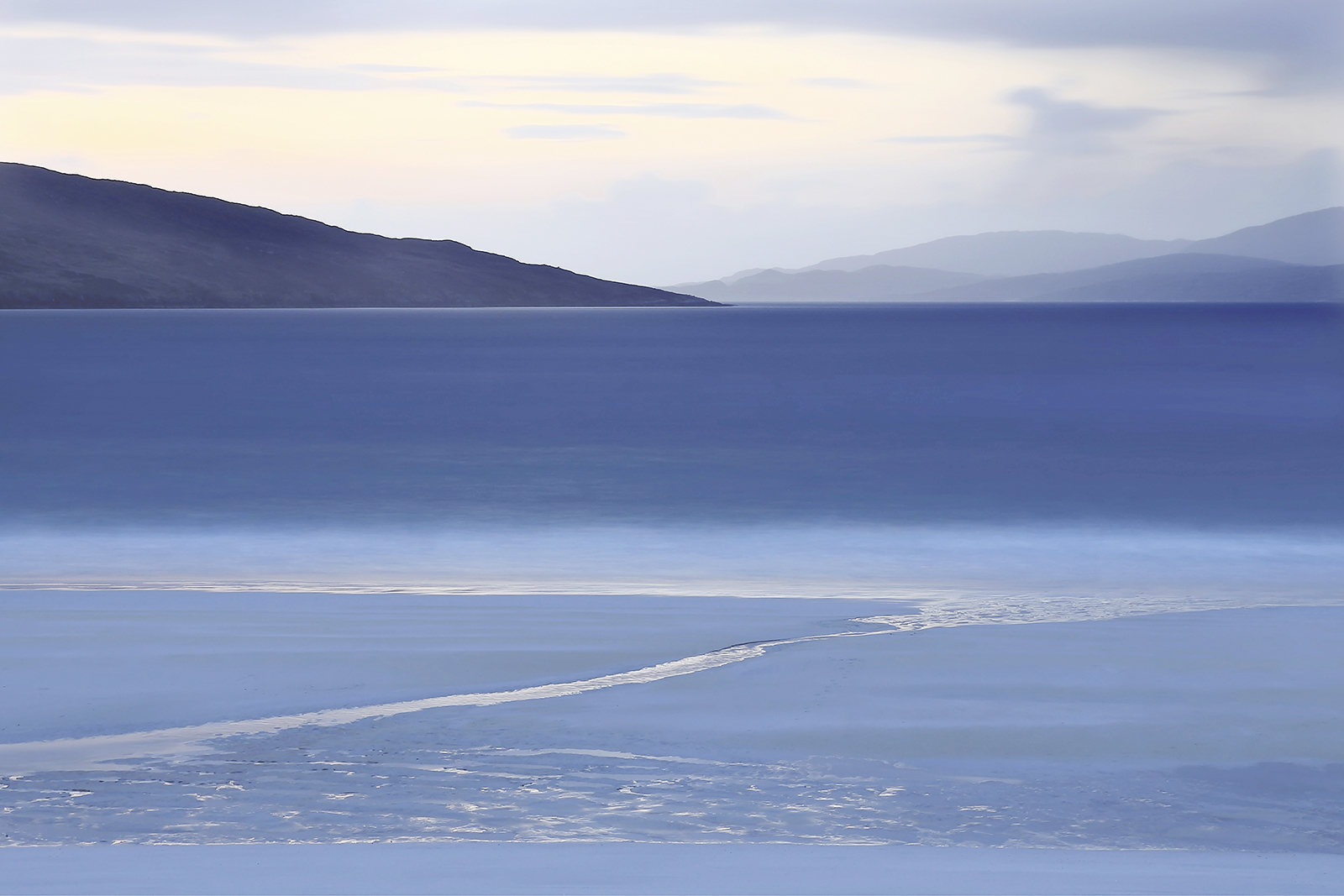
4. Are you a meticulous pre-planer or do you prefer creating images spontaneously? Do you revisit your favourite places many times to achieve the required result? Can you tell us more about your method of working?
When working on the project, I am a meticulous pre-planer; I study maps, weather forecasts and read a lot about the place I am to photograph. The in-depth research is required to portray the place correctly in books and articles. For my creative work I am much more spontaneous. I am inspired by what I encounter and excited what might be around the corner. Discovering with childhood enthusiasm yet another secluded bay, lone tree or interesting rocks I never stop being amazed but the beauty of our planet.
5. Terra Quantum displays themes and series portfolios; do you like working to the project/series/theme or find creating individual images more rewarding?
Both series and individual images are equally important for me. For example, images of water in all its multitude of forms, whether it is an ocean, lake, waterfall or river work great as series. Many other subjects however have to be treated as individual images.
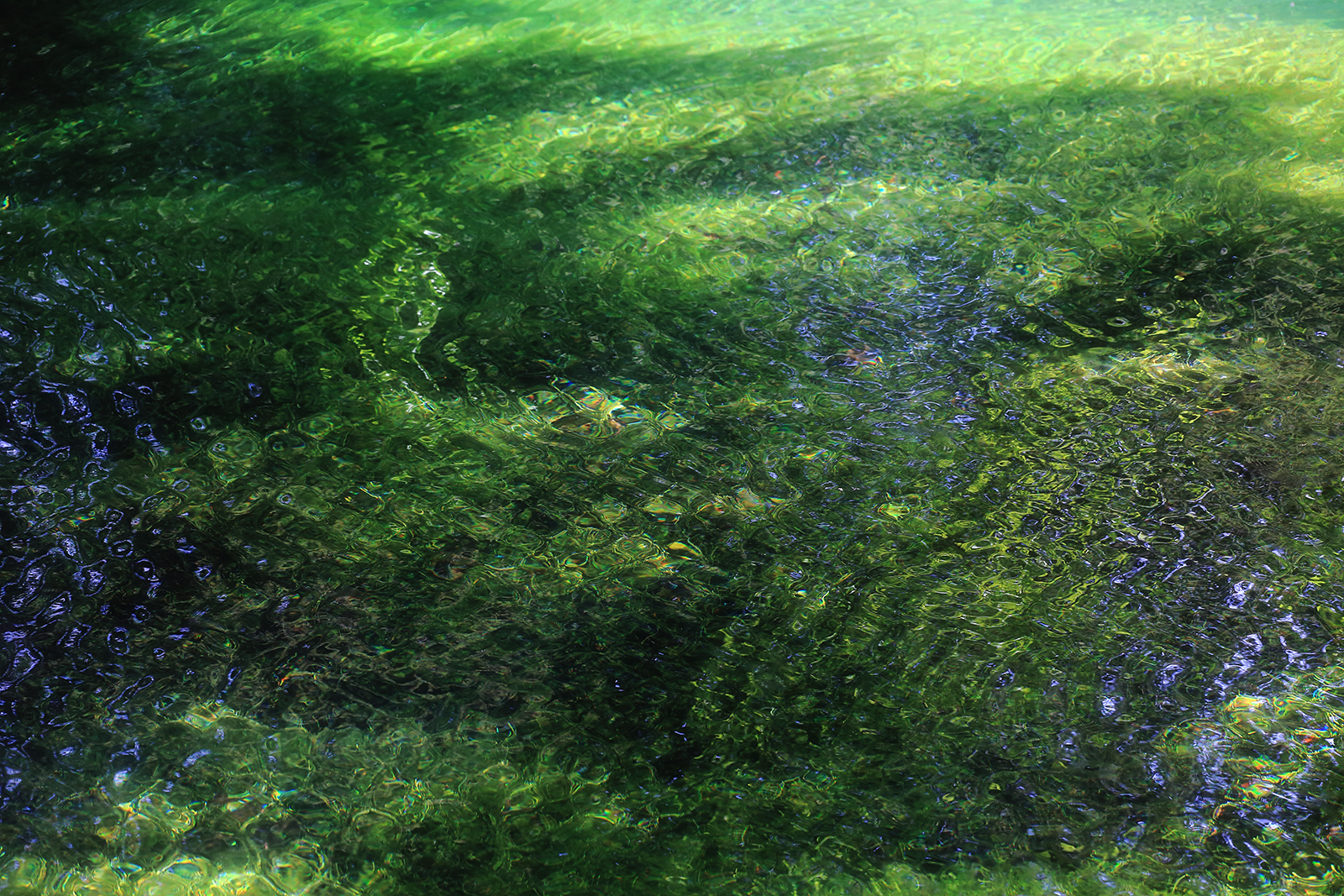
6. Colour, b&w or both? How do you decide about the elimination or inclusion of colour and why. When do you decide about it - in the field or during the post processing?
I always shoot in colour and convert some of my images into black&white. Colour plays an important role in my landscapes and abstracts but my architectural images are mainly black&white. Monochrome suits my style of urban landscapes, as I seek a visual tension; high drama of ‘noir’ approach allows me to reveal the best qualities of the buildings and other man-made objects.
7. Do you find printing your images yourself as an integral part of image creation or do you use professional labs? How important is the choice of paper for you?
Printing is very important, as well as a choice of paper. For me, only printed, framed and displayed image is the finished product. My preferred choice of paper for landscapes in colour is Hahnemuhle Photo Rag and for urban views, PermaJet Portrait White. Due to the large size of the images I need for the exhibitions and clients, I rely on professional labs. I have been using a couple of companies for years and close cooperation means I can totally trust their colour management and impeccable finish.
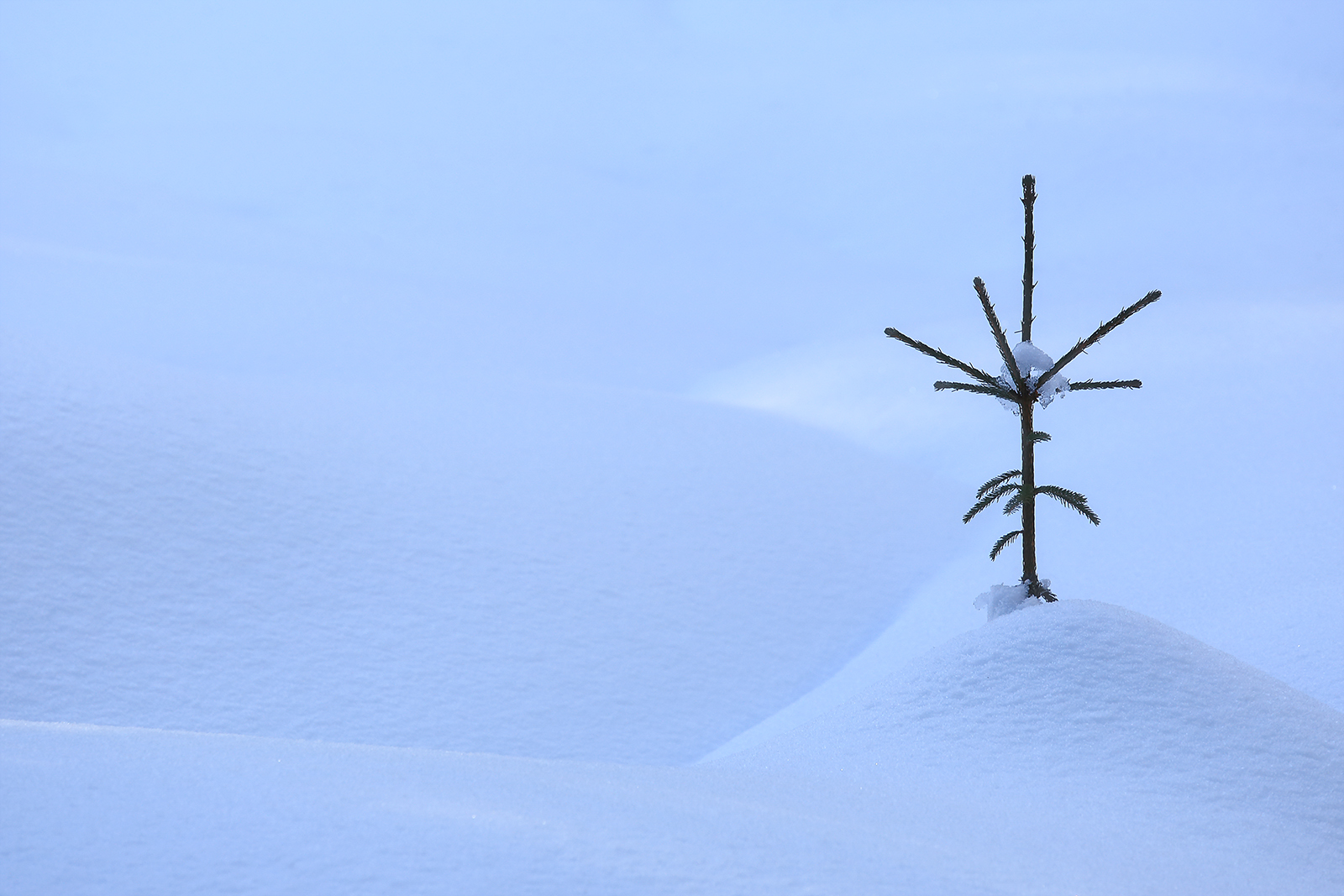
8. Do you have any plans for exhibitions, books or any interesting projects coming? Can you tell us a bit more about your artistic plans for the next couple of years?
This year I will be exhibiting from the 11th until 15th of April in OXO gallery at London Southbank, together with some talented photographers: Valda Bailey, Doug Chinnery, Astrid McGechan, Cheryl Hamer, Marianthi Lainas, Paul Sanders, Rachael Talibart and Linda Wevill. At this exhibition I will unveil a selection of work presenting the power of the sea and the eternal struggle of man trying to subjugate it. I will also show photographs of Venice that echo the glorious past of this place and its slow decline at the same time. I am currently working on my eight book, “Photographing Surrey and Sussex”. It covers all the most interesting areas of the counties: The Surrey Hills, The South Downs, The Weald and Sussex Coast. This book is a dream project for me as it enables me to work with many familiar locations, as well as discover places further away and hidden gems off the beaten track. Next year I hope to have more time for two of my personal projects, “La Serenissima” - a book about Venice and a second one, about intimate landscapes.
